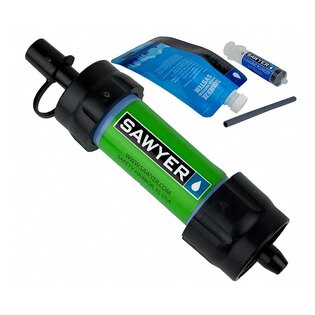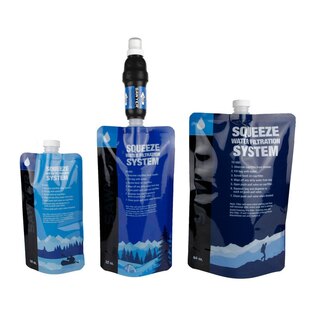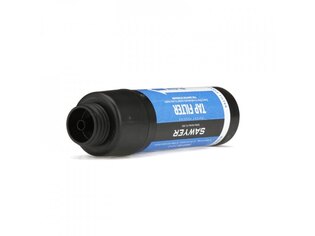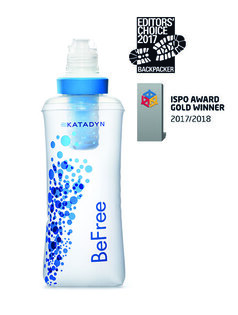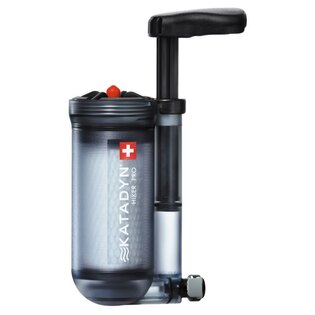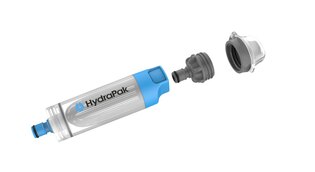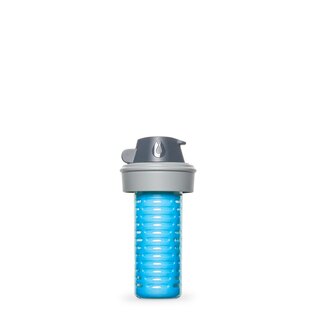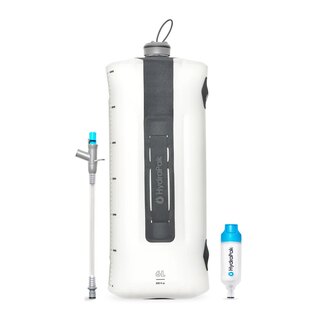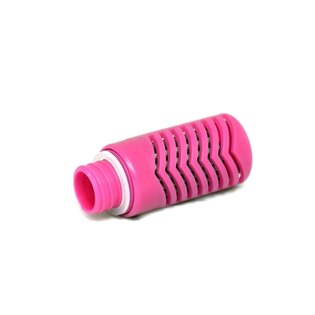How to manage water on a trek?
Water management is an English phrase that is mostly understood even by non-English speakers. It is a terminus technicus that refers to water management. This is absolutely essential when trekking. What steps should you take to ensure that you always have enough water on the go?
We probably don't need to remind you that water is a basic human need. In Maslow's pyramid of needs, it is even the most basic. Because most of us would not survive more than three days without water. We have the advantage of living in a space-time that allows us to simply turn the tap and get drinking water almost anywhere, at least in our European latitudes. But when we go outside of civilization, water is no longer such a matter of course.
The higher the temperature outside, the more water we drink. And considering that most of the treks will take place from spring to autumn (and the vast majority of them during the summer), it is clear that we will need plenty of water for the trip. But water as such weighs a lot – which means that if you move in terrain where there is not enough of it, you can forget about ultralight trekking. Because in that case, water can easily make up half of your load.
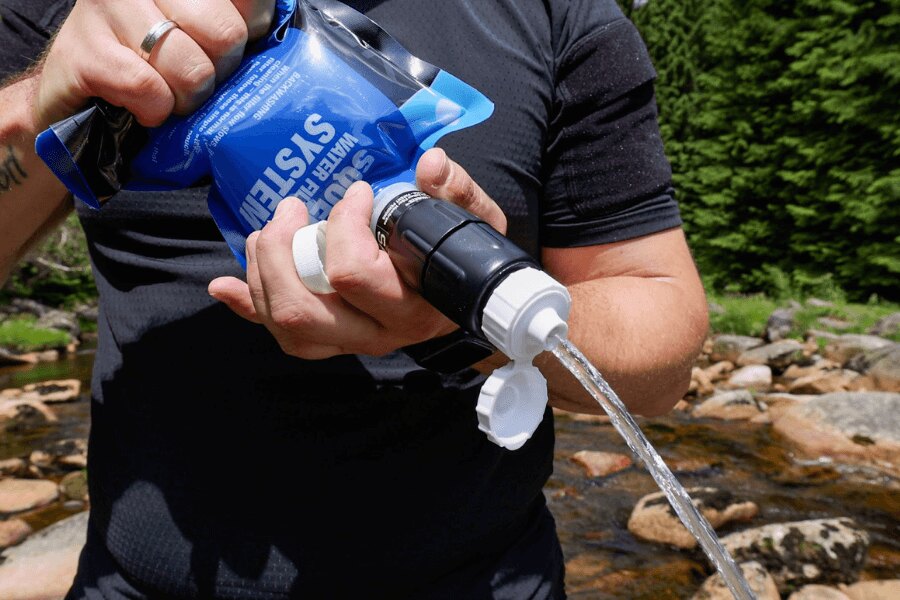
You will always need enough water on the trek.
Water is the foundation
Therefore, water management is absolutely essential for the successful completion of the hike. The first step in water management is to determine how much water you will actually need on your trip. At the same time, it cannot be based on the simplified assumption that an adult drinks an average of 2 to 3 liters of liquid per day.
It is necessary to take into account not only the increased effort (after all, you will drink more when trekking than at home watching TV), but also the ambient temperature and humidity. The higher the temperature and the lower the humidity, the more water you will need.
If, for example, you move through an arid desert or semi-desert area, where you walk 20 kilometers a day in the hot sun, you may drink up to 7 liters of water during that time. And 7 liters = 7 kilograms. Of course without equipment around.
Therefore, here we offer you several tips on how to successfully manage water management and how to keep your drinking regimen at a sustainable level.
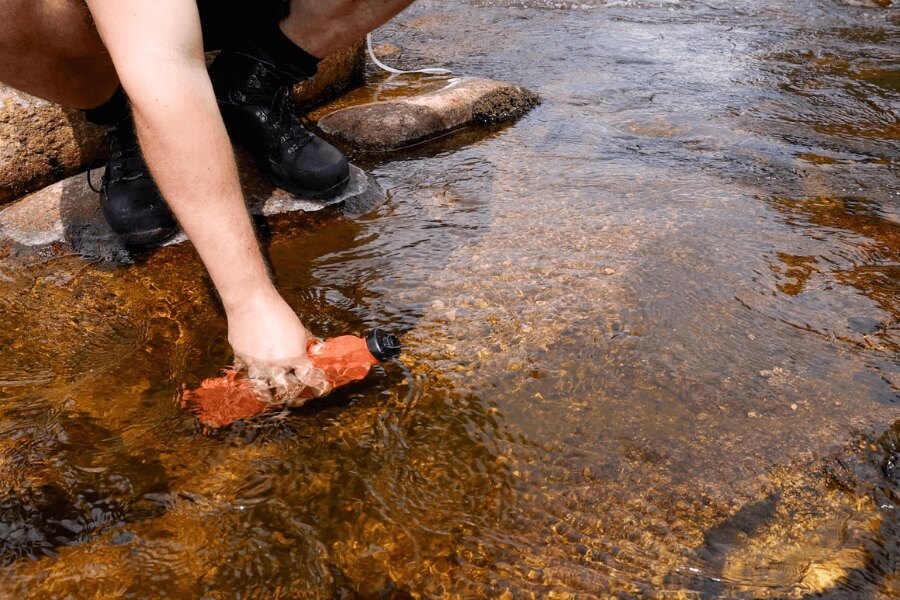
Good water management is essential for the success of the entire mission.
1) Always have enough water with you
This tip seems pretty obvious and logical. But water management stands and falls on it. If you find yourself running out of water during the hike and there is no viable source in sight ahead of you, you better turn back. So if the start of your journey or perhaps the nearest well is closer than the analog infrastructure on the way to the destination. If not, then you need to start saving water in time.
2) Beware of thirst
Despite the widespread myth, you need to start drinking preventively, that is, even before you get thirsty. The feeling of thirst is already the first manifestation of dehydration. And in more extreme cases, dehydration can lead to lethargy, hallucinations, loss of consciousness, and ultimately death. With a high physical load, we simply cannot count on the fact that we can last the hypothetical three days. It is therefore ideal to drink continuously in small doses (sips) and to constantly hydrate – but not the skin, as the advertisements for cosmetic products tell us, but the organism, internally.
3) Check your water sources
All water sources you encounter along the way are definitely not suitable for drinking. In short, they do not contain drinking water. In our Central European conditions, this applies especially to stagnant water, which often contains dangerous microorganisms. They could cause us diarrhea at best, and more serious health problems at worst. Even streams are not completely safe at lower altitudes, especially if there are populated areas upstream.
4) Use water filters
The next one is closely related to point number 3 – if you are not sure of the quality of the water from the given source, use water filters. We have already written about water filters in one of our earlier articles, so here we will limit ourselves to the fact that microorganisms in water can be of different sizes and individual filters have different abilities to fight against these microorganisms.
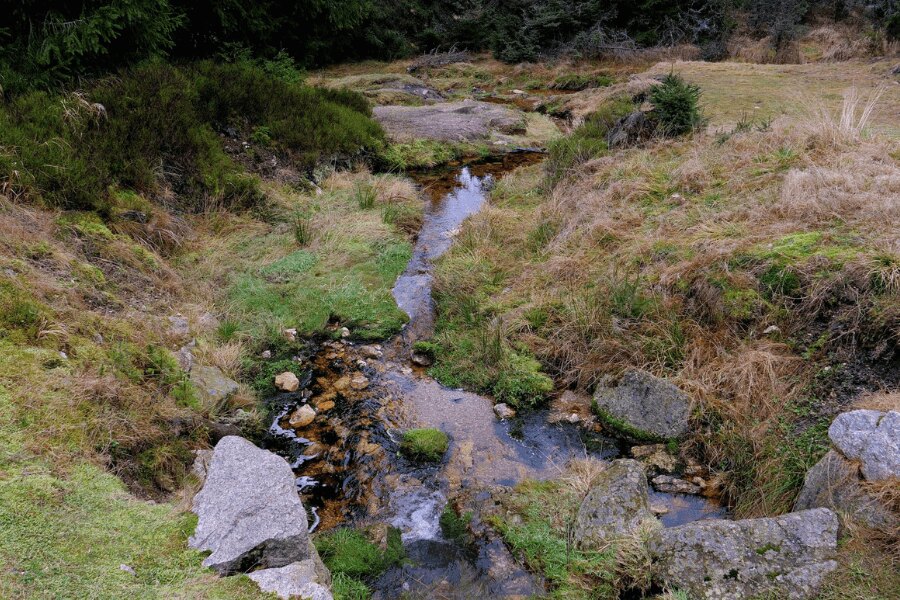
Always check water sources. Even better is to use a water filter.
5) Make your own filter
If you find yourself in a situation where you don't have a filter with you at the moment, but you would need one, you can create an improvised filter of your own making. Just keep in mind that such a filter will never be as effective as professional filters. Therefore, use it only in an emergency and only if you are sure that there are no dangerous chemicals in the water. In addition, most improvised filters cannot rid the water of viruses and bacteria, even if, for example, a filter made of charcoal has at least some success in this direction. You can read more in this article.
6) Drink water
This tip might be a bit surprising and you might think that something like this doesn't even need to be emphasized. On the other hand, it should be emphasized that not every person who goes out into nature remembers this basic principle. Pure water can of course be supplemented with lemon or herbs, or at least partially replaced with herbal or fruit tea, but definitely do not think that sugary drinks will provide you with the same level of hydration.
Equip yourself at Rigad.com
It is naturally better to prepare in advance for transport and water treatment. The equipment you purchase from us at Rigad.com can also help you with this. Let's start with the mentioned filters first. Don't risk having to start a fire to get charcoal or pick moss in the forest because of the drinking regimen. Stock up and get a quality, professional filter.
Water cleaning
As a basis, the Sawyer Mini 128 with a weight of only 37 grams can serve, which contains hollow microfibers and has a membrane with a decent "performance", which can collect dirt from 0.1 µm in size. This tiny filter can flow up to 1.5 liters of water per minute, so you only need a few minutes to filter water for one person for the whole day. Thanks to PointONE technology, this water filter can filter out up to 99.99% of harmful bacteria. And the lifetime of the filter is guaranteed to be around 378,540 litres.
In addition to the Sawyer brand, another specialist in water filters is the Swiss company Katadyn, from which we can choose from our range a model of the middle variant, the Katadyn Combi Plus portable filter. It is suitable for various outdoor activities, but also for a caravan, a cottage, a boat and, in short, anywhere where sufficient quality drinking water is a problem.
The Katadyn Combi Plus filter is equipped with a ceramic filter with micropores, which is impregnated with silver and, according to the manufacturer, lasts 60x longer than ordinary filters. And to make matters worse, the device also includes a secondary carbon filter. The filter is highly effective against bacteria and protozoa and can even partially reduce the proportion of chemicals and radioactive particles in the water.
However, you do not need to filter water of unknown origin. You can also clean it as an alternative. For this, you use tablets or drops for water purification, which mostly contain chlorine and silver ions. These will help rid the water of large parts of impurities.
Readers are further interested
























































































































